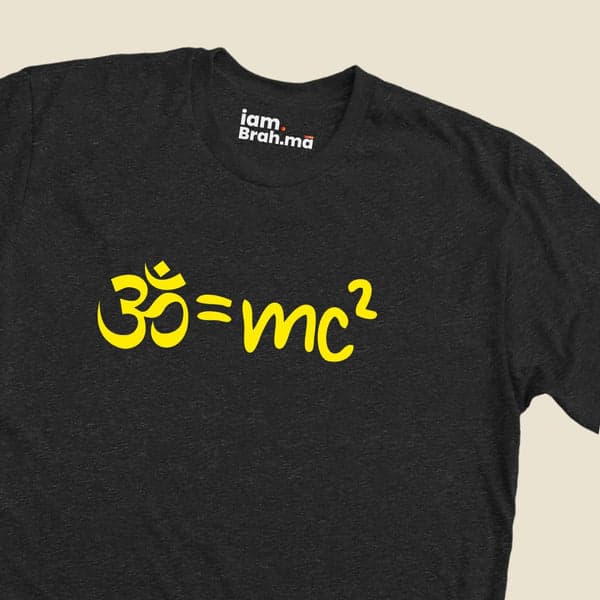Shukarahasya Upanishad
It is classified under one of the 21 Samanya Upanishads and attached to the Krishna Yajurveda. The text is a mix of prose and verses. It asserts that it has six parts and is structured as a discourse between Shiva and Shuka – the son of Vedic sage Vyasa. Shukha is celebrated in Hinduism as the one who became a sannyasi (Hindu monk) at a very young age. The text is notable for extracting and describing four Mahavakyas, or sacred statements one each from the ancient layers within the four Vedas, and presenting them as meditative tools. The text asserts that Shuka achieved Jivanmukti – achieving freedom in this life, after he meditated on the knowledge in this Upanishad that he received from Shiva. The text further asserts that anyone can achieve similar spiritual liberation by meditating on the four Mahavakyas, and there is no need for rituals, pilgrimages and mantras for the one willing to meditate on these four. The path to liberation, states the Upanishad, is meditation on Mahāvākyas on self and Brahman, particularly listing these four sacred statements: "प्रज्ञा ं ब्रह्म-prajnānam brahma-"Knowledge is Brahman". "अहं ब्रह्म अ स्मि-aham brahmāsmi-"I am Brahman". " त्त्वमसि -tat tvam asi-"Thou art that" ("You are Brahman")". "अयम् आत्मा ब्रह्म -ayam ātmā brahma-"The Atman (Self, soul) is Brahman"
Chapter Description Not Available
Help us improve by contributing the description for this chapter.
Submit via WhatsApp...




